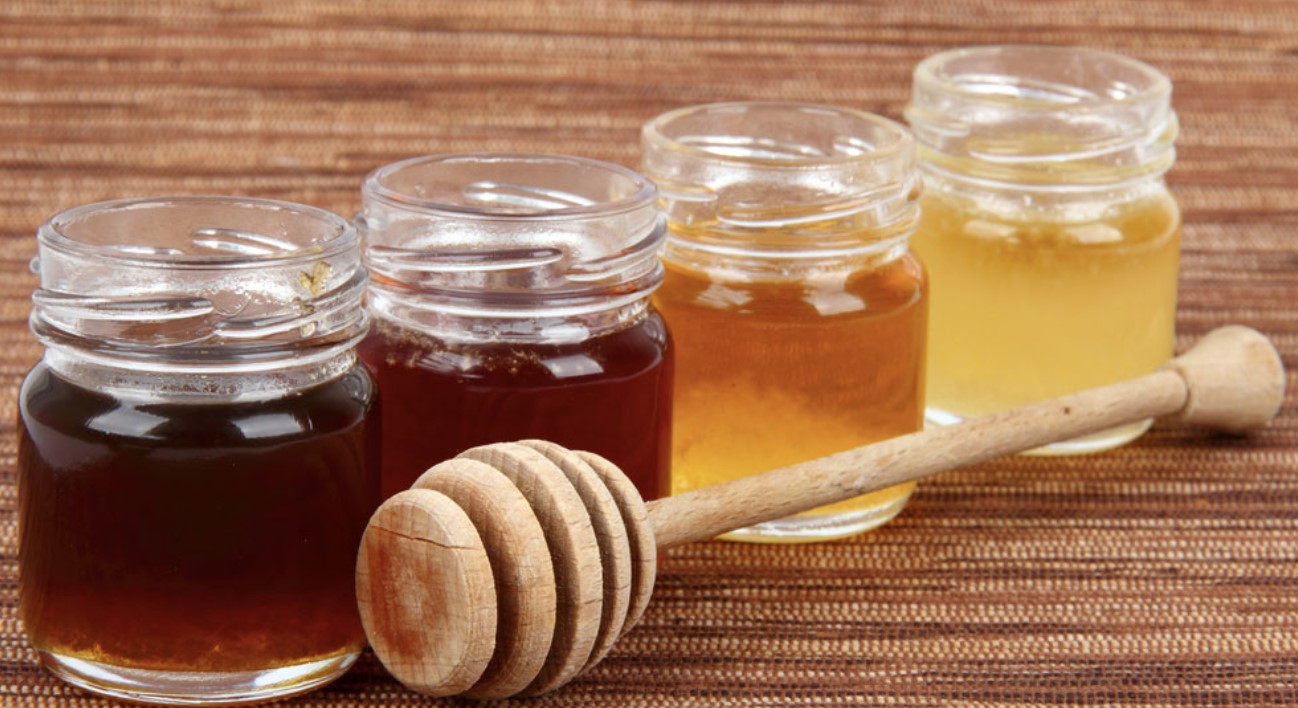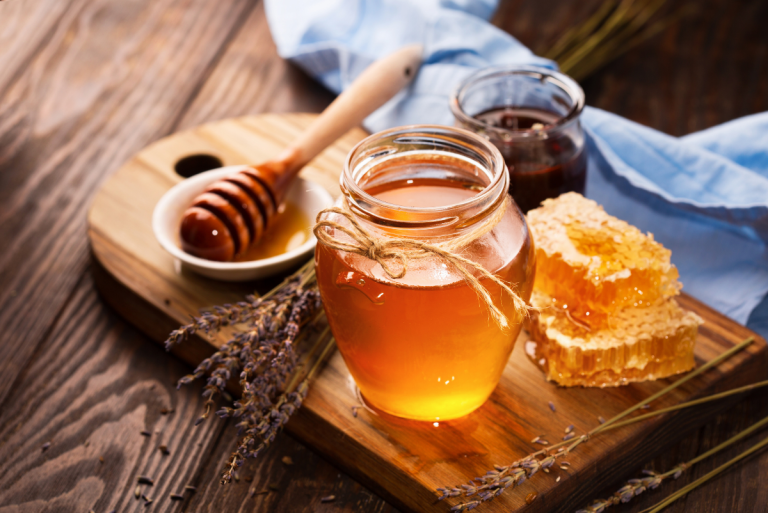Sage honey is an effective home remedy for cold and flu symptoms. Here you can find out how sage honey works and how you can make it yourself.
A sore throat, cough and hoarseness are among the most common symptoms of a cold or flu. Sage honey can provide quick relief and aid in healing. It is also a natural alternative to conventional cough syrups, which often contain questionable ingredients and should be used with caution, especially in children. You can find out more about this in our article cough syrup for children: risks, home remedies and what you should consider.
As the name suggests, sage honey consists of only two ingredients: sage and honey.

Sage is a well-known medicinal herb that has anti-inflammatory, analgesic and antibacterial properties. That is why it is a popular home remedy for sore throats and coughs.
Honey also has anti-inflammatory and antibacterial properties. It is therefore well suited as a carrier for the sage.
Important: If possible, use regional organic honey from Germany for the sage honey. This way you can be sure that it was not imported via CO2-intensive transport routes. In another Utopia article you will find out what you should consider when buying honey.
Make sage honey yourself: Here’s how
Ingredients:
20leaves of fresh sage
500 ghoney
optional: lemon juice
Directions:
Wash the sage leaves thoroughly and then drain them. Then cut them into small pieces.
Place the honey in a large sterilized jar. The glass should be able to hold at least 700 grams.
Stir in the chopped sage. Tip: If the honey is very thick and stirring is too difficult, you can dilute it with a little lemon juice.
Place the sage honey in a dark place and let it steep for at least four weeks. After this time he is finished.
Sage honey: tips and hints

The earlier you take the sage honey, the better it can work. At the first scratchy throat, start applying the sage honey. Let it slowly melt on your tongue.
Since sage contains the neurotoxin thujone, you should consider the following points when using sage honey:
Overdoses of thujone can cause symptoms of poisoning such as tachycardia, dizziness and cramps. Since the thujone content of sage honey is difficult to determine, to be on the safe side, you should consume a maximum of five teaspoons of sage honey a day.
New studies have shown that sage is suitable for long-term use without hesitation. However, you should seek medical help if your symptoms have not improved within three days.
Children younger than one year should not eat honey. As a natural product, honey can contain bacteria that can cause life-threatening bacterial infections in babies.
Pregnant and breastfeeding women should also avoid taking sage honey.

